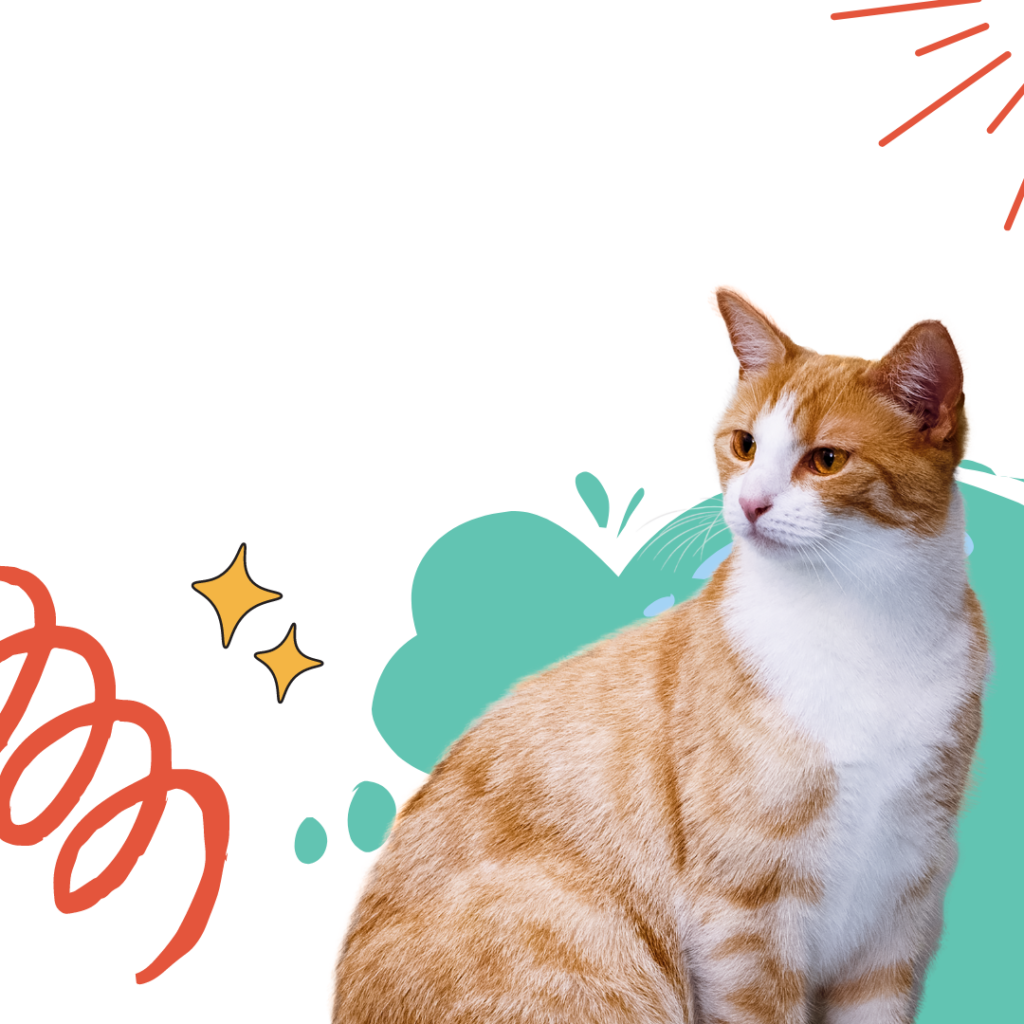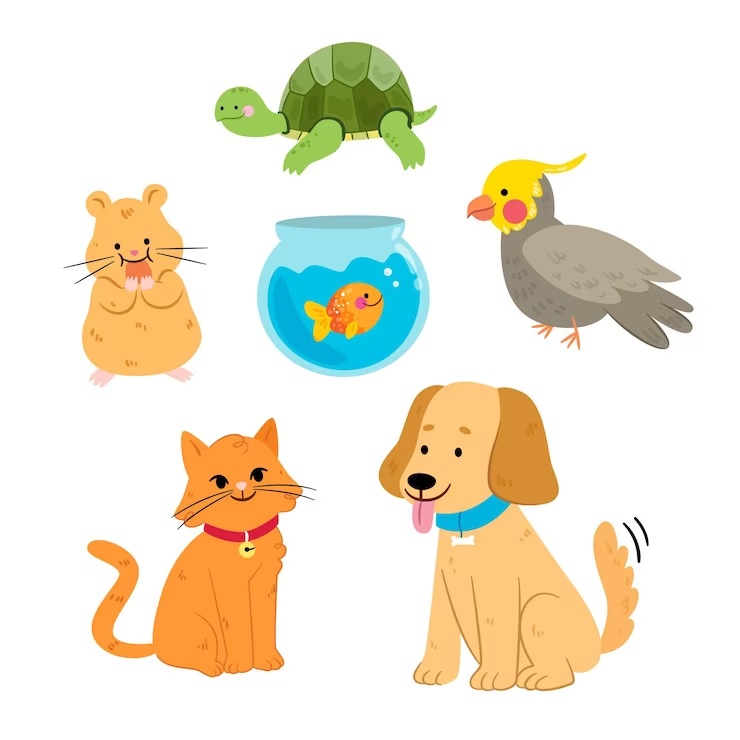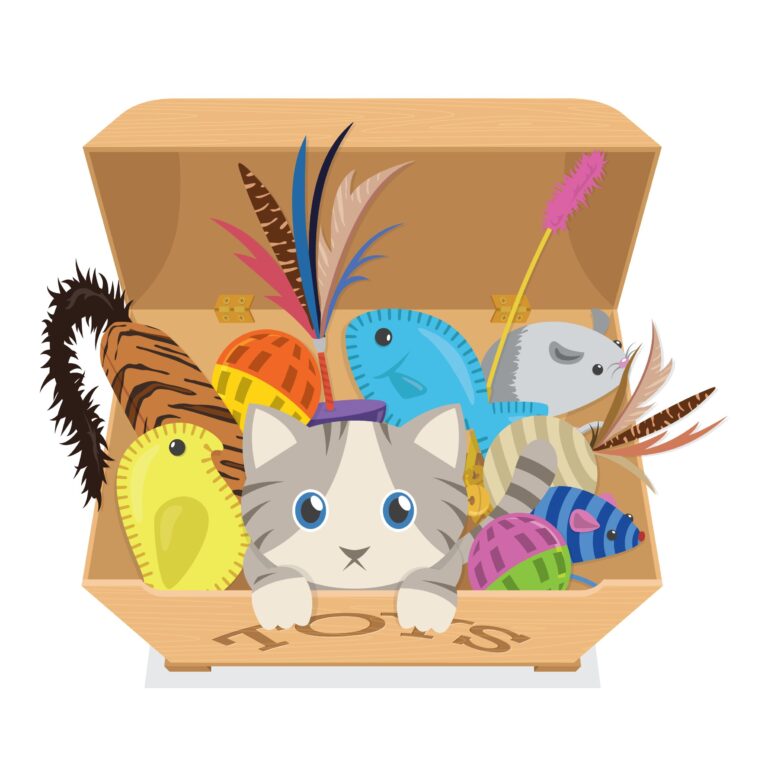Introduction:
Throughout history, cats have captivated human hearts with their enigmatic charm, graceful movements, and independent spirits. As one of the most popular and beloved pets around the world, cats have earned a special place in our homes and our hearts. In this comprehensive exploration of feline wonders, we’ll delve into the fascinating world of cats, from their ancient origins to their diverse breeds, unique behaviors, and the profound bond they form with humans.

- A Glimpse into Feline History:
The domestic cat (Felis catus) has a long and storied history, with its origins tracing back thousands of years. Cats are believed to have been domesticated in ancient Egypt around 4,000 years ago, where they were revered and considered sacred animals. Their association with goddesses like Bastet and Sekhmet elevated their status, and harming a cat, even accidentally, was punishable by death.
The Egyptians recognized cats’ exceptional hunting abilities, which made them valuable allies in protecting crops from rodents. As trade routes expanded, cats spread across continents, accompanying travelers and traders, eventually becoming familiar figures in households worldwide.
- The Diverse World of Cat Breeds:
Today, there are numerous cat breeds with distinct appearances, personalities, and characteristics. From the regal Maine Coon to the elegant Siamese and the affectionate Ragdoll, each breed possesses its own unique charm. Cat breeds are generally categorized into long-haired, short-haired, and hairless types, each with its grooming requirements and suitability for different living situations.
Selective breeding over the centuries has resulted in various breeds, and many enthusiasts participate in cat shows and competitions to celebrate their beloved felines and showcase their beauty and grace.
- Cats’ Physical Attributes and Adaptations:
Cats are highly specialized predators, evolved to be agile and efficient hunters. Their sleek bodies, sharp retractable claws, excellent night vision, acute hearing, and sensitive whiskers make them formidable hunters of small prey. Their extraordinary flexibility and balance enable them to land on their feet after falls, earning them the nickname “cat righting reflex.”
The feline whiskers, also known as vibrissae, are not just cute adornments; they serve as sensory organs, helping cats navigate their environment and detect changes in air currents, even in total darkness.

- The Language of Cats:
Cats communicate through a sophisticated blend of body language, vocalizations, and scent cues. Tail movements, ear positions, and eye expressions all convey different messages. For example, a gently flicking tail signifies curiosity, while a puffed-up tail indicates fear or agitation.
Their vocal repertoire includes meows, purrs, hisses, chirps, and trills, each serving specific purposes. Cats use meows primarily to communicate with humans, often expressing their needs or seeking attention.
- Purr-fect Companions: The Human-Feline Bond:
The bond between cats and humans is a special and deeply fulfilling one. Unlike some other pets, cats are known for their independent nature, yet they still form strong attachments to their owners. The emotional support and companionship cats provide can have profound effects on human well-being, reducing stress, anxiety, and depression.
Their purring has therapeutic benefits, as the low-frequency vibrations have been linked to accelerated healing of bones and tissues, providing a soothing effect for both cats and their owners.
- Cats’ Sensitivity to Environments:
Cats are highly sensitive creatures that thrive in environments that offer safety, routine, and familiar comforts. They are creatures of habit and may become stressed or anxious if their surroundings undergo significant changes. Providing a stable and enriched environment is crucial for the well-being of these sensitive beings.

- Play and Enrichment:
Play is an essential aspect of a cat’s life, contributing to their physical health and mental stimulation. Cat owners often engage in interactive play sessions with toys, laser pointers, or feather wands to keep their feline friends engaged and entertained.
Additionally, providing enriching environments, such as climbing trees, scratching posts, and hiding spots, allows cats to engage in natural behaviors and helps prevent boredom-related issues.
- The Curious Case of Catnip:
Catnip (Nepeta cataria) is a plant that elicits a strong, playful response in many cats. When exposed to catnip, some cats may roll, rub, vocalize, or become hyperactive. This reaction is due to the volatile compound nepetalactone, which triggers sensory receptors in the cat’s brain, leading to a euphoric response. Not all cats respond to catnip, as the sensitivity is inherited and only affects around 50-75% of felines.
- Cats in Mythology and Pop Culture:
Throughout history, cats have been the subject of myths, folklore, and superstitions in various cultures. From the benevolent feline companions of witches in European folklore to the auspicious Maneki-neko (“beckoning cat”) of Japan, cats hold a place in the collective imagination of humanity.
In popular culture, cats have been celebrated in literature, art, and cinema. Iconic feline characters such as the Cheshire Cat from “Alice in Wonderland” and Garfield have left lasting impressions on audiences worldwide, making cats cultural symbols of mystery and charm.
- Cats as Service Animals:
Cats have shown their versatility as service animals, providing support and assistance to people with disabilities. While not as commonly seen as service dogs, cats can be trained to alert their owners to sounds, guide visually impaired individuals, or offer emotional support to those with anxiety or PTSD.

Conclusion:
Cats, with their alluring mystery, independent spirits, and loving nature, have woven themselves into the fabric of human history and culture. As companions, hunters, and symbols of elegance, cats have earned our admiration and affection. Their captivating personalities and unique behaviors continue to enrich our lives, reminding us of the profound connections we share with the animal kingdom. From ancient Egypt to the modern world, cats remain beloved and cherished members of our families, forever leaving their pawprints on our hearts.




